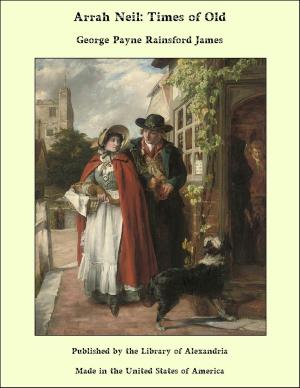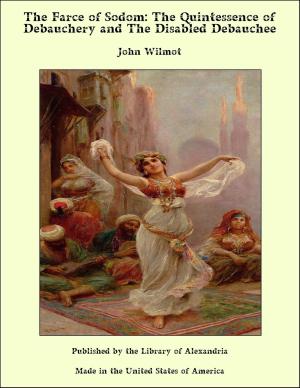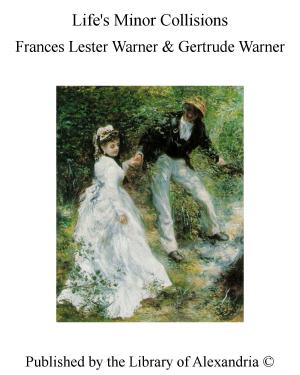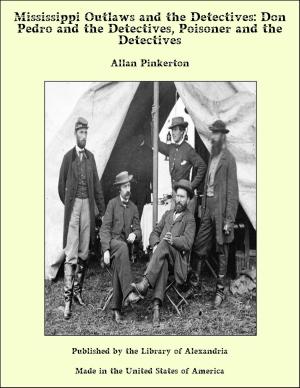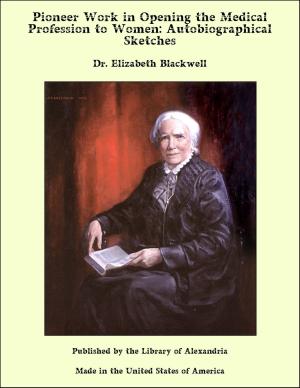Discoveries Among the Ruins of Nineveh and Babylon
Nonfiction, Religion & Spirituality, New Age, History, Fiction & Literature| Author: | Austen H. Layard | ISBN: | 9781465542991 |
| Publisher: | Library of Alexandria | Publication: | March 8, 2015 |
| Imprint: | Language: | English |
| Author: | Austen H. Layard |
| ISBN: | 9781465542991 |
| Publisher: | Library of Alexandria |
| Publication: | March 8, 2015 |
| Imprint: | |
| Language: | English |
Since the publication of my first work on the discoveries at Nineveh much progress has been made in deciphering the cuneiform character, and the contents of many highly interesting and important inscriptions have been given to the public. For these additions to our knowledge we are mainly indebted to the sagacity and learning of two English scholars, Col. Rawlinson and the Rev. Dr. Hincks. In making use of the results of their researches, I have not omitted to own the sources from which my information has been derived. I trust, also, that I have in no instance availed myself of the labors of other writers, or of the help of friends, without due acknowledgments. I have endeavored to assign to every one his proper share in the discoveries recorded in these pages. I am aware that several distinguished French scholars, amongst whom I may mention my friends, M. Botta and M. de Saulcy, have contributed to the successful deciphering of the Assyrian inscriptions. Unfortunately I have been unable to consult the published results of their investigations. If, therefore, I should have overlooked in any instance their claims to prior discovery, I have to express my regret for an error arising from ignorance, and not from any unworthy national prejudice. Doubts appear to be still entertained by many eminent critics as to the progress actually made in deciphering the cuneiform writing. These doubts may have been confirmed by too hasty theories and conclusions, which, on subsequent investigation, their authors have been the first to withdraw. But the unbiased inquirer can scarcely now reject the evidence which can be brought forward to confirm the general accuracy of the interpretations of the inscriptions. Had they rested upon a single word, or an isolated paragraph, their soundness might reasonably have been questioned; when, however, several independent investigators have arrived at the same results, and have not only detected numerous names of persons, nations, and cities in historical and geographical series, but have found them mentioned in proper connection with events recorded by sacred and profane writers, scarcely any stronger evidence could be desired. The reader, I would fain hope, will come to this conclusion when I treat of the contents of the various records discovered in the Assyrian palaces. To Mr. Thomas Ellis, who has added so much to the value of my work by his translations of inscriptions on Babylonian bowls, now for the first time, through his sagacity, deciphered; to those who have assisted me in my labors, and especially to my friend and companion, Mr. Hormuzd Rassam, to the Rev. Dr. Hincks, to the Rev. S. C. Malan, who has kindly allowed me the use of his masterly sketches, to Mr. Fergusson, Mr. Scharf, and to Mr. Hawkins, Mr. Birch, Mr. Vaux, and the other officers of the British Museum, I beg to express my grateful thanks and acknowledgments. London, January, 1853
Since the publication of my first work on the discoveries at Nineveh much progress has been made in deciphering the cuneiform character, and the contents of many highly interesting and important inscriptions have been given to the public. For these additions to our knowledge we are mainly indebted to the sagacity and learning of two English scholars, Col. Rawlinson and the Rev. Dr. Hincks. In making use of the results of their researches, I have not omitted to own the sources from which my information has been derived. I trust, also, that I have in no instance availed myself of the labors of other writers, or of the help of friends, without due acknowledgments. I have endeavored to assign to every one his proper share in the discoveries recorded in these pages. I am aware that several distinguished French scholars, amongst whom I may mention my friends, M. Botta and M. de Saulcy, have contributed to the successful deciphering of the Assyrian inscriptions. Unfortunately I have been unable to consult the published results of their investigations. If, therefore, I should have overlooked in any instance their claims to prior discovery, I have to express my regret for an error arising from ignorance, and not from any unworthy national prejudice. Doubts appear to be still entertained by many eminent critics as to the progress actually made in deciphering the cuneiform writing. These doubts may have been confirmed by too hasty theories and conclusions, which, on subsequent investigation, their authors have been the first to withdraw. But the unbiased inquirer can scarcely now reject the evidence which can be brought forward to confirm the general accuracy of the interpretations of the inscriptions. Had they rested upon a single word, or an isolated paragraph, their soundness might reasonably have been questioned; when, however, several independent investigators have arrived at the same results, and have not only detected numerous names of persons, nations, and cities in historical and geographical series, but have found them mentioned in proper connection with events recorded by sacred and profane writers, scarcely any stronger evidence could be desired. The reader, I would fain hope, will come to this conclusion when I treat of the contents of the various records discovered in the Assyrian palaces. To Mr. Thomas Ellis, who has added so much to the value of my work by his translations of inscriptions on Babylonian bowls, now for the first time, through his sagacity, deciphered; to those who have assisted me in my labors, and especially to my friend and companion, Mr. Hormuzd Rassam, to the Rev. Dr. Hincks, to the Rev. S. C. Malan, who has kindly allowed me the use of his masterly sketches, to Mr. Fergusson, Mr. Scharf, and to Mr. Hawkins, Mr. Birch, Mr. Vaux, and the other officers of the British Museum, I beg to express my grateful thanks and acknowledgments. London, January, 1853


